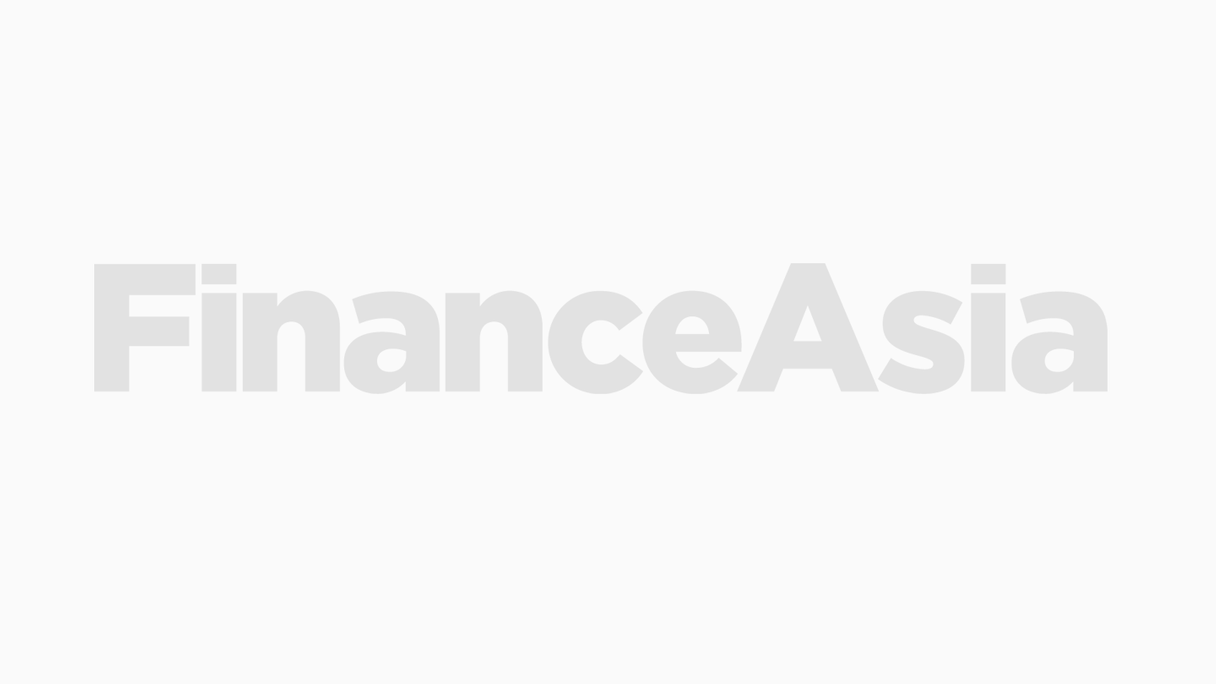How have your borrowing requirements changed since the merger between ICICI Limited and ICIC Bank?

How have your borrowing requirements changed since the merger between ICICI Limited and ICIC Bank?
Free Registration & 7-Day Trial
Register now to enjoy a 7-day free trial - no registration fees required. Click the link to get started.
Note: This free trial is a one-time offer.
Questions?
If you have any enquiries or would like a quote for a team or company licence, please contact us at [email protected]. Our subscription team will be happy to assist you.